We tend to think of paleontologists as working out in the field, digging around in some barren, rocky terrain unearthing the remains of long extinct forms of life. That’s partly true of course, after all you have to find some fossils before you can study them. And most paleontologists do prefer being on site where the discoveries are made, never knowing what they’ll see in the very next rock they turn over.
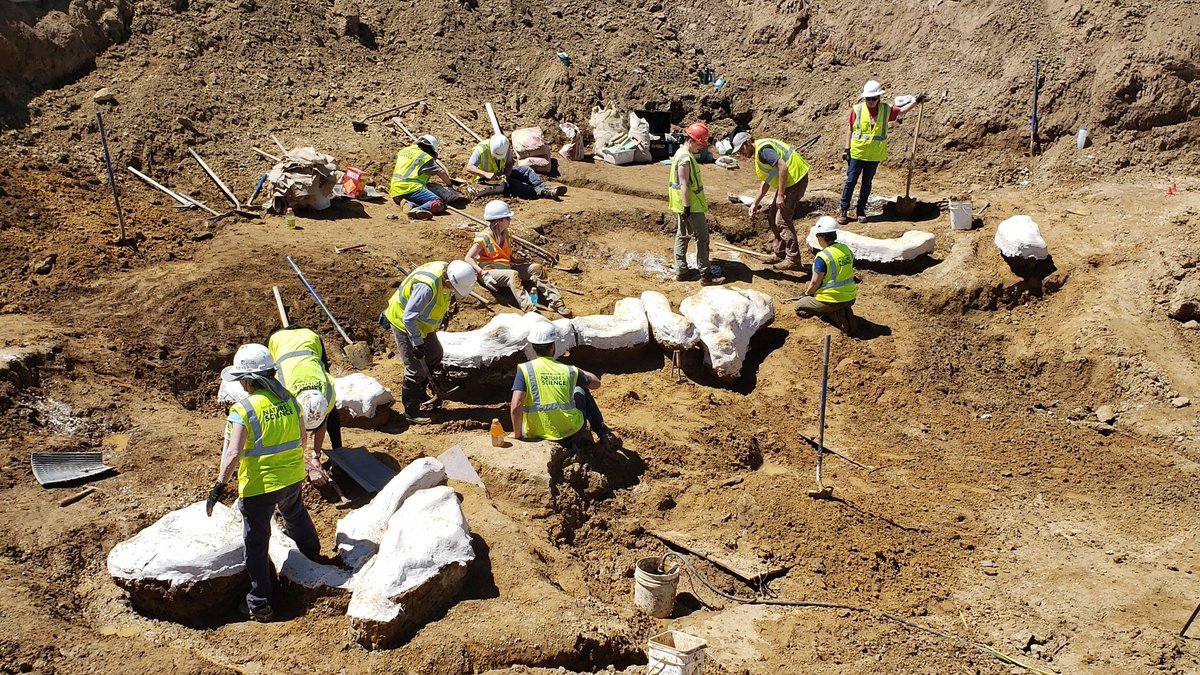
Still, a lot of the work in studying ancient life can only be accomplished back in the lab or in the office. Cleaning fossils, examining fossils, comparing them to similar fossils and of course, writing up the papers that will tell your colleagues, and interested laymen like me, what you’ve found. A lot of that work can safely be accomplished even during the ‘social distancing’ needed to stop the spread of Covid-19. So let’s take a look at some of the work that’s being accomplished by paleontologists even in the shadow of a deadly disease.
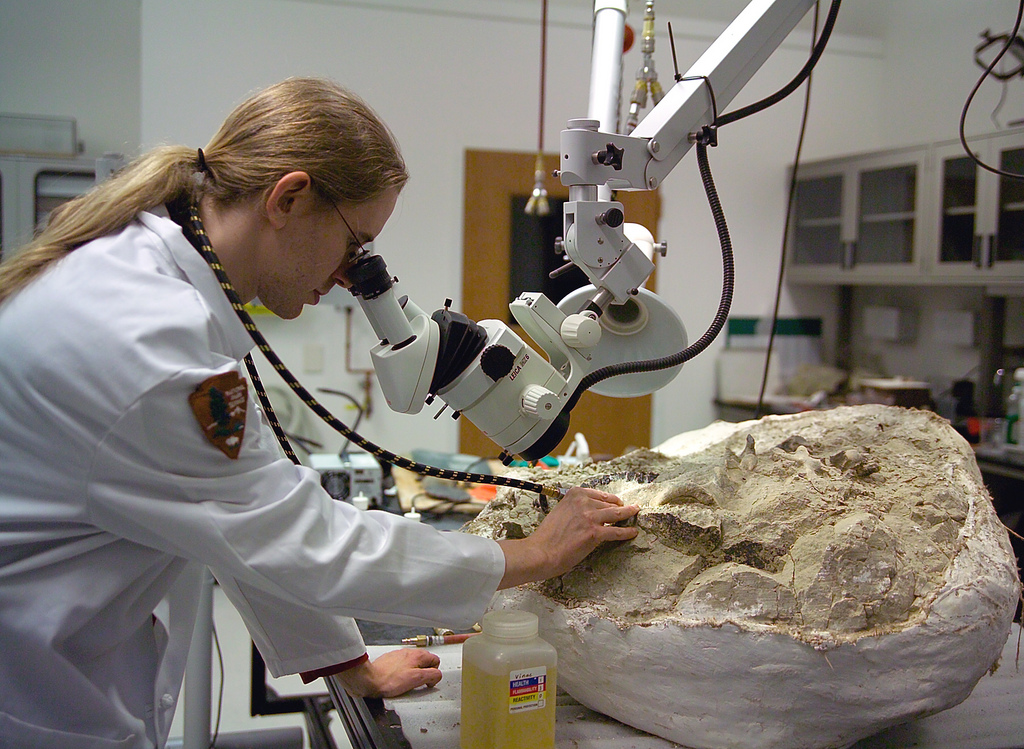
Spinosaurus aegyptiacus is one of the most intriguing dinosaur species known to science. Originally discovered in Egypt back in 1912, Spinosaurus is a large predatory dinosaur belonging to the group known as theropods, the group that includes the mighty T rex and Allosaurus along with the smaller Raptors. Spinosaurus lived during the middle to late Cretaceous period (112 to 93 million years ago) and had one distinguishing feature that set it apart from its relatives, a broad, sail like flap of skin along its back that was held up by spines coming off of the animal’s vertebra. See image below. Large, floppy skin features like Spinosaurus’ sail are usually either for thermal regulation or display or both.

The loss of the only known skeleton of Spinosaurus during World War 2 brought all research into the creature to a halt, and Spinosaurus was almost forgotten by science. Then in the 1990s further fossils belonging to another species of Spinosaurus, S maroccanus were discovered in Morocco by a National Geographic team led by Doctor Nizar Ibrahim of the University of Detroit Mercy along with Professor Paul Sereno of the University of Chicago. Exploring a layer of rock that has been named the Kem Kem group and which is exposed across a wide area of Morocco the team has unearthed fossils of many different species including specimens of Spinosaurus that have allowed paleontologists to resume the study of this odd dinosaur.
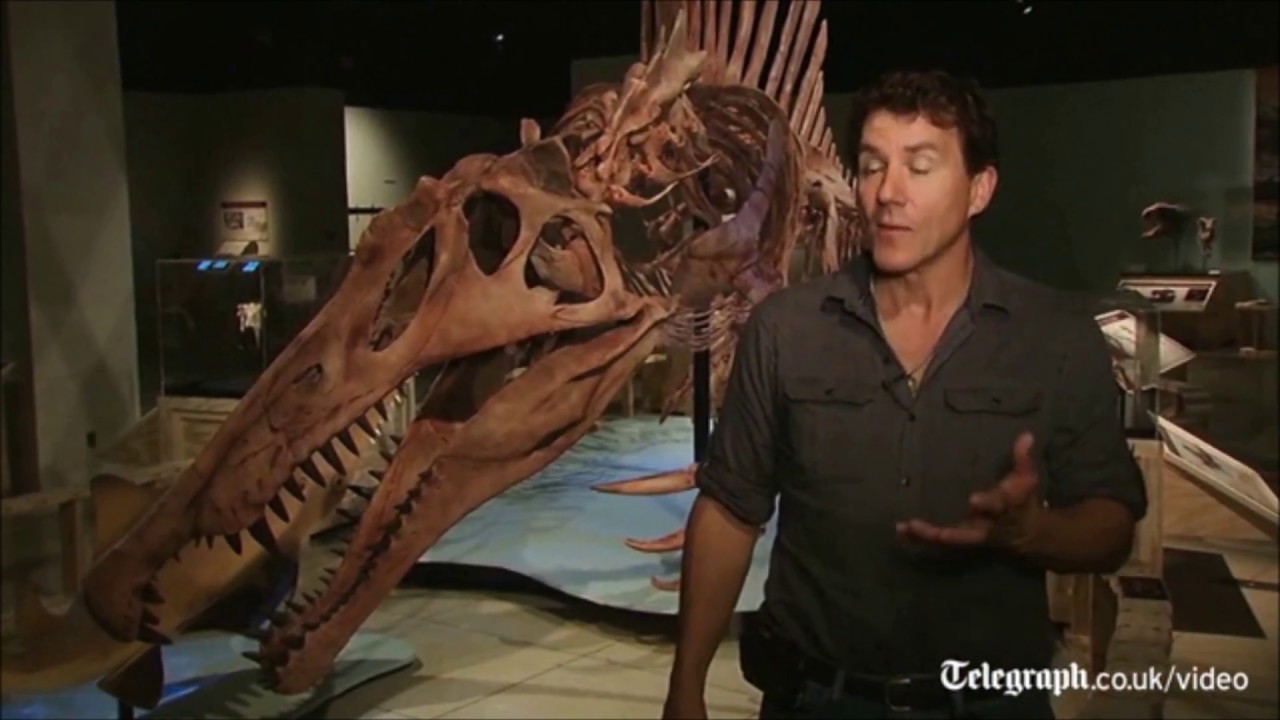
Actually there is a lot of disagreement over whether S maroccanus is a second species. With the original S aegyptiacus destroyed it is impossible to make a direct comparison and the drawings that remain of the bones of S aegyptiacus are insufficient to determine just how different the new specimens are with certainty.
The new specimens have re-ignited several debates about the nature of Spinosaurus, these include whether or not the predator was actually larger than the famous T rex and whether or not Spinosaurus was at least semi-aquatic, spending a large fraction of its life in the water. Based on the examination of the fossils discovered during the 1990s the full length of Spinosaurus was between 12.5 and 18 meters while the animal’s weight was between 6.5 and 7.5 tonnes. If these estimates are true that would in fact make Spinosaurus a fraction larger than the venerable T rex.
As to the question of Spinosaurus being semi-aquatic the dinosaur’s long narrow, crocodile like snout along with its short, powerful legs do indicate a life style similar to that of…well crocodiles. Add in the fact that the fossils of Spinosaurus were discovered in the same rock beds that yielded numerous specimens of an ancient and extinct sawfish named Onchopristis and it seems clear that Spinosaurus lived in an environment that was as much water as land, such as a swampy river delta.
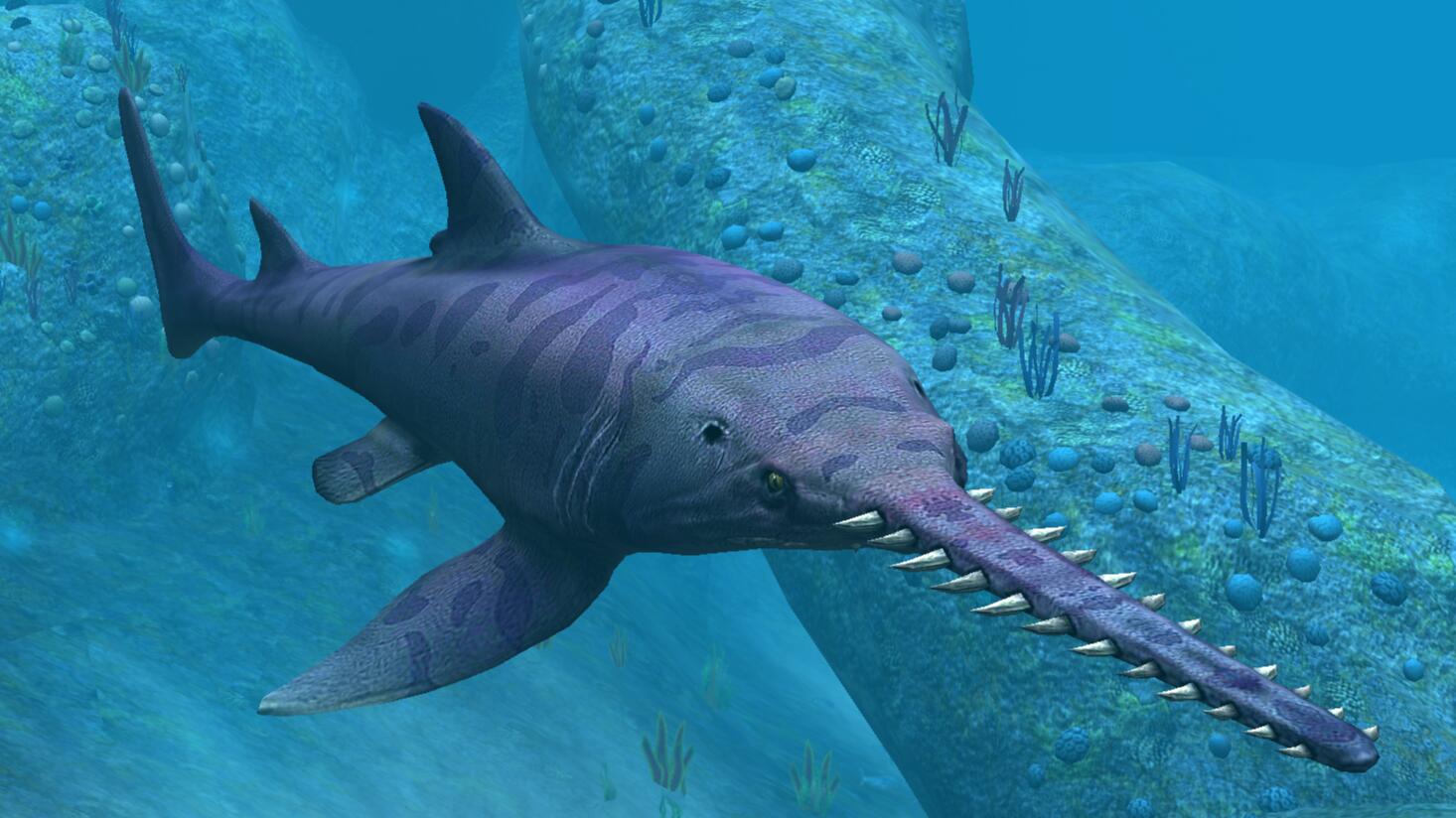
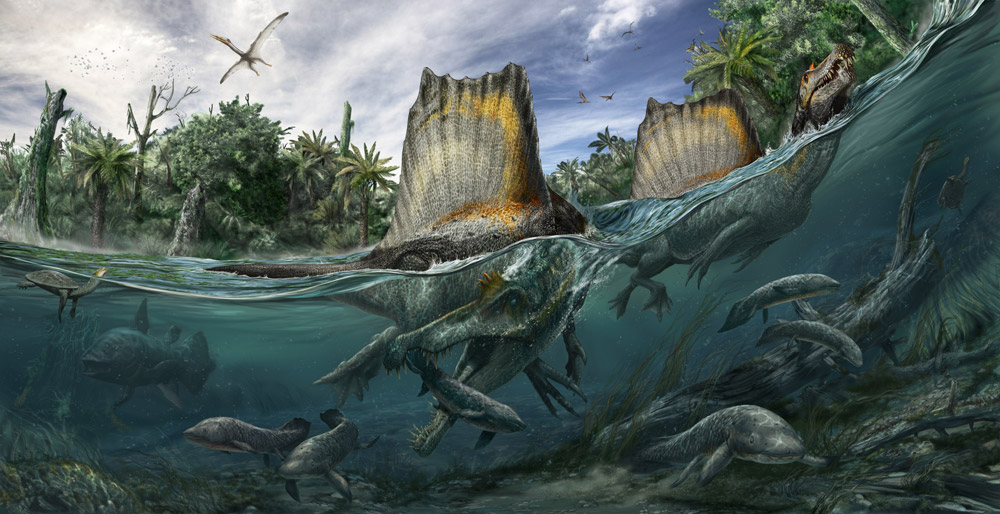
Now perhaps the crucial piece of evidence has been unearthed, as bones from the tail of Spinosaurus have recently been discovered. Based on those bones the tail of Spinosaurus was a long, flexible and fin like. A tail well suited to providing propulsion in the water. This latest discovery pretty much clinches the hypothesis that Spinosaurus is the first type of dinosaur known to have evolved into a swimming creature.
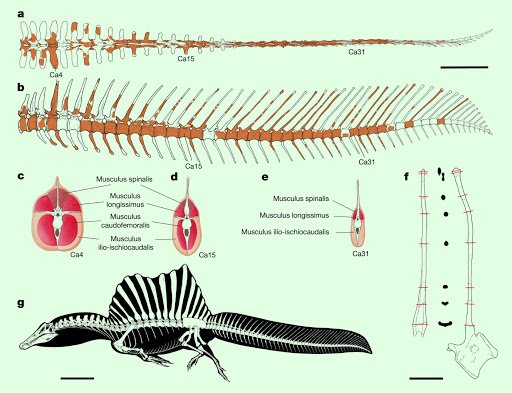
These new discoveries make Spinosaurus an example of how varied and diverse the group we call dinosaurs was, and the research published by Ibrahim and Sereno provides an example of how scientists can continue their work even during a pandemic.
